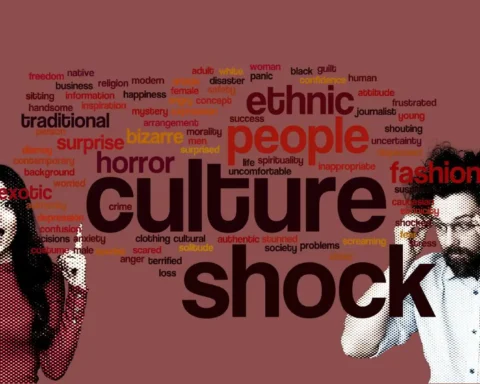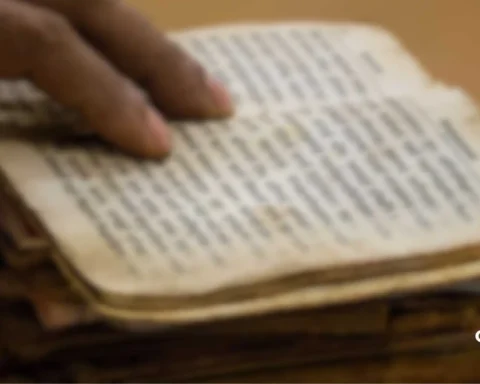Hispanic music culture is a rich and diverse tapestry that spans the continents of North and South America. It encompasses an array of musical traditions, styles, and influences, reflecting the heritage of Latin America, where European, African, and indigenous cultures have blended over centuries. In this comprehensive guide, you’ll delve into the heart of Hispanic music culture, exploring its origins, evolution, and the multitude of genres that have emerged. From Mexican music to the rhythmic beats of the Andean regions, this article will take you on a musical journey through time and space.
Table of Contents
The Roots of Hispanic Music Culture
The enchanting world of Hispanic music culture is deeply rooted in a fascinating blend of historical influences that have shaped its unique identity. At its core, this culture owes its existence to the meeting of the Old World and New World during the 16th century, when European explorers and settlers journeyed across the Atlantic to the Americas. They brought with them the rich tapestry of European musical traditions, harmonies, and instruments that would ultimately give rise to the diverse soundscape we know today.
The infusion of these European influences with the vibrant rhythms of Africa laid the cornerstone for the mesmerizing journey that Hispanic music would embark upon. To truly understand the music, it is essential to explore these roots and discover the exquisite musical heritage that continues to captivate the hearts and souls of millions.
European Influences
European influences profoundly shaped the Hispanic music culture we know today. In the 16th century, Spanish and Portuguese settlers brought their musical traditions to the Americas. Their European melodies, harmonies, and instruments laid the foundation for many musical styles that emerged across the continent.
African Rhythms
African rhythms and beats have left an indelible mark on Hispanic music culture. The influence of African music is evident in the syncopated rhythms and complex percussion patterns found in various Latin American genres. This fusion of African and European elements created a unique and vibrant musical landscape.
YOU MIGHT BE INTERESTED IN: Music, Culture, and Indianness: The Journey of Ila Arun
Musical Instruments in Hispanic Music
Within the intricate melodies and captivating rhythms of Hispanic music, musical instruments play a pivotal role, adding depth and character to the soundscape. String instruments, such as the guitar and charango, strum their way through heartfelt ballads and lively dances, their strings weaving stories of love, loss, and celebration. These instruments provide the melody and harmony that define the soul of many Hispanic music genres.
In contrast, percussion instruments form the rhythmic backbone of this culture, injecting vibrant energy into every composition. Drums, maracas, and a diverse array of percussive tools resonate with the heartbeat of Latin America, underscoring the cultural diversity that makes this musical tradition so enchanting. As we delve into the world of Hispanic music, exploring the role of these instruments is crucial to understanding the rich and diverse sounds that have arisen from this musical fusion.
String Instruments
String instruments play a significant role in Hispanic music. The guitar, for example, has become synonymous with Latin music, while the charango is a small Andean stringed instrument with a distinctive sound. These instruments provide the melodies and harmonies that define many Hispanic music genres.
Percussion Instruments
Percussion instruments are the heartbeat of Hispanic music culture. Drums, maracas, and other rhythmic tools give life to the music, providing the driving force behind many Latin American rhythms. The diversity of percussion instruments reflects the cultural richness of the region.
Evolution of Hispanic Music Culture
The evolution of Hispanic music culture is a captivating journey through time, marked by transformation, fusion, and innovation. A significant turning point unfolded during the 19th century when the sounds of Latin America underwent a remarkable metamorphosis. This era witnessed the harmonious convergence of diverse musical influences as the rich European traditions intermingled with indigenous and African elements. The result was a harmonious fusion that shaped the future of Latin music, offering a compelling narrative of cultural exchange and evolution.
The 19th Century Transformation
The 19th century brought a significant transformation to Hispanic music. This period saw the emergence of new musical styles and the blending of different influences. The European traditions merged with indigenous and African elements, creating a fusion that shaped the future of Latin music.
The Influence of South America
South America, particularly the Andean regions, played a crucial role in the evolution of Hispanic music culture. The birth of Bossa Nova in Brazil, for instance, introduced a new and influential musical genre to the world. The rhythms and melodies from these regions have enriched the musical tapestry of Latin America.
Diverse Musical Genres
Hispanic music culture is a mosaic of diverse musical genres, each uniquely reflecting its country or region of origin. From the iconic rhythms of Mexican music to the solemn beauty of religious chants and the pulsating beats across Latin America, these genres encompass a kaleidoscope of musical expressions. They offer a vibrant glimpse into the rich tradition, innovation, and cultural diversity of Hispanic music culture.
Mexican Music
Mexico boasts a rich musical heritage, with genres like Mariachi and Norteño captivating audiences worldwide. Mariachi, with its iconic attire and festive sound, reflects the essence of Mexican culture. Norteño, on the other hand, incorporates accordion and bajo sexto, creating a unique northern Mexican sound.
Religious Music
Religious music is a fundamental aspect of Hispanic culture. Hymns, chants, and religious festivals blend traditional elements with sacred themes, creating a spiritual connection that resonates deeply with the people of Latin America.
Latin American Countries
Latin America is a diverse tapestry of musical traditions. Each country has its unique contributions to Hispanic music culture, from the salsa of Cuba to the cumbia of Colombia and the tango of Argentina. Exploring these regional sounds provides a fascinating glimpse into the diverse musical landscapes across the continent.
LISTEN TO THIS PODCAST: Unraveling the Threads of Culture, Music, and Identity with Rahul Aijaz
Conclusion
Hispanic music culture is a testament to the beauty of diversity and the power of cultural heritage and fusion. From its 16th-century origins with European influences and African rhythms to its 19th-century evolution and the enduring influence of South America, Hispanic music has continually adapted and thrived. Exploring the role of musical instruments, diverse genres like Mexican music, religious hymns, and the varied sounds of Latin American countries reveals a vibrant tapestry. This culture encapsulates the resilience, creativity, and deep traditions of Latin American people.
FAQs
What kind of music is popular in Hispanic culture?
Popular music in Hispanic culture includes genres like salsa, reggaeton, and Mariachi.
How has Hispanic culture influenced music?
Hispanic culture has influenced music by fusion of European, African, and indigenous traditions.
What is unique about Hispanic music?
What’s unique about Hispanic music is its rich blend of diverse musical influences and passionate rhythms.
What is the origin of Hispanic music?
The origin of Hispanic music can be traced back to the 16th century when European settlers brought their musical traditions to the Americas.
When is the Hispanic Heritage Month celebrated?
Hispanic Heritage Month is celebrated in the United States from September 15 to October 15 each year. It is a time to recognize and celebrate the contributions, cultures, and histories of Hispanic and Latino Americans.










[…] cultural music is a vibrant and captivating style of music that encapsulates the essence of Benue State's rich […]
[…] compositions and electrifying performances brought chutney music to the forefront of the Indian music scene, captivating listeners with their infectious rhythms and soulful […]
[…] music is a diverse art form that has evolved over thousands of years. It has been shaped by various […]